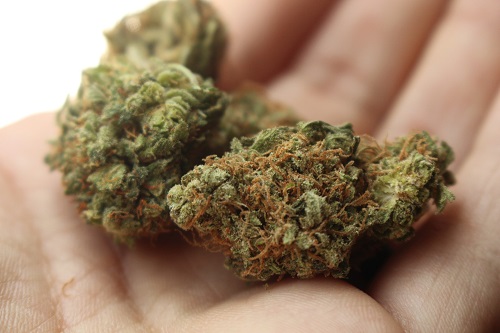
4 Startling Marijuana Statistics You Need to Know
Marijuana testing has been a hot button topic over the last couple of years. We’ve done several blog posts about how it can affect your workplace and the legal status in specific states. But after meeting with Quest Diagnostics this past week, we realized some staggering statistics about Marijuana use in the U.S. today.
22.2 million Americans aged 12 or older were current users of Marijuana in 2015
This equals to about 8.3% of the total population in the United States alone. It has actually been dubbed the most commonly detected drug for more than 3 decades of drug testing. And the latest Drug Testing Index (DTI) showed that Marijuana positivity is increasing dramatically in all three drug test specimen types including urine, hair, and blood.
1 in 8 Americans said they currently smoke Marijuana
Marijuana is typically smoked using cigarettes or pipes, but it can also be mixed into edibles and drinks. Potent oils and waxes can be extracted from the Cannabis plant. Recently, the federal government relaxed some restrictions to allow researchers to study more strains of marijuana and its therapeutic effects on specific medical conditions.
8 states permitting medical Marijuana have also passed recreational use laws
Colorado and Washington became the first states to legalize recreational Marijuana use in 2012. This legislation captured the attention of the media, government, and the general population, all of whom have been eagerly watching to determine the impact.
38% of employers will reject a candidate who uses Marijuana, even if it is for medical reasons
Current laws do not require an employer to accommodate on-duty drug use or prohibit an employer from taking action if an employee is working under the influence of Marijuana. Most organizations still have a zero-tolerance policy towards Marijuana.
What have we learned? While various forms of Marijuana continue to become legalized, over 28 states and counting, employers still aren’t removing it from their drug testing panels and probably won’t be anytime soon. Quest Diagnostics has even shown that in 2016 more than 99% of all workplace drug tests performed by them continued to screen for Marijuana.
For more information on drug testing trends and any questions you would like answered please visit accrediteddrugtesting.com
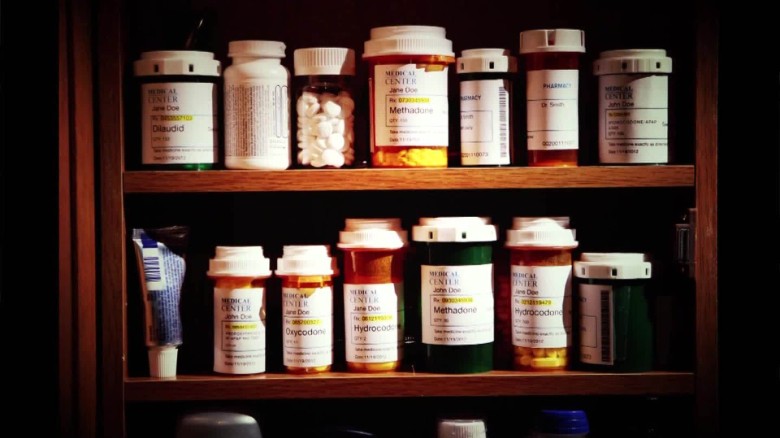
How The Opioid Epidemic Is Affecting The American Workplace
On August 10th 2017, President Donald Trump declared a state of emergency in the United States, known as the Opioid Epidemic.
More and more people are becoming aware of this rapidly growing issue that imposes a huge threat on American citizens.
Opioids are a class of drugs that include licit prescription pain relievers oxycodone, hydrocodone, codeine, morphine, fentanyl and others, as well as the illicit drug heroin.
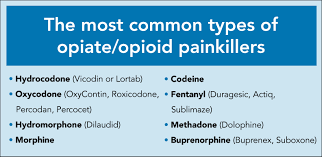
About 1.9 million Americans (0.8 percent) reported full-fledged opioid addiction*
What does this mean for you?
Opioid Epidemic Affect On Employers
-
The use of opioids or prescription painkillers can result in drowsiness, inattentive behavior, dizziness, cloudiness, lack of motivation, and more. To ensure the safety of your staff, and others around them you should enroll yourself, and supervisors in reasonable suspicion drug training. This is a two-hour online course that informs on what signs to look out for, and the next steps one should take if these signs occur.
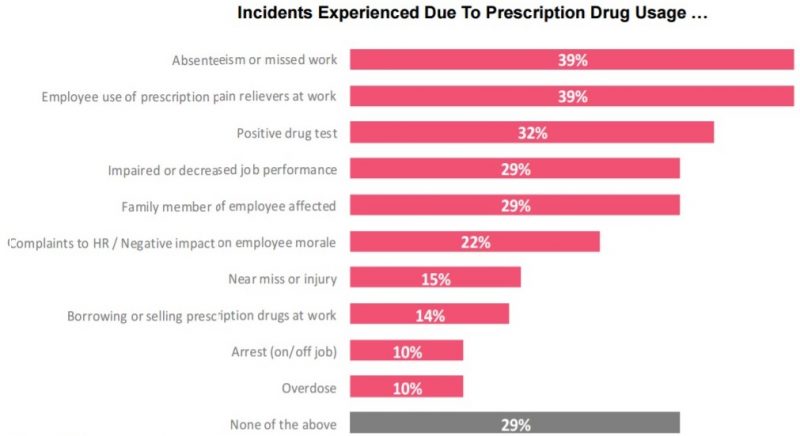
- Reconsider becoming a drug-free workplace. Once it is known that your company is drug-free, it can limit the risk of work-related accidents, as well as prevent addiction from happening in an employee.
- Create a drug and alcohol policy that allows your employees to confidentially share information with you about themselves. Make it known that your employees should feel comfortable sharing this information. Educate other employees on the current Opioid Epidemic, and how they can help.
Opioid Epidemic Affect On Employees
- Being that the Opioid Epidemic has been declared a state of emergency, expect to see a few changes in company policies.
In the Department of Transportation, a request for a revision of the drug and alcohol policy has been made. If passed, the standardized drug test for the DOT will change from a 5-panel drug test to a 5-panel drug test with expanded opioid testing. While 5-panel drug tests include opiates, a SAMSHA regulated expanded test will examine for Hydrocodone, Hydromorphone, Oxycodone, and Oxymorphone.
- Be expecting to take and pass a pre-employment drug screening for any job you are applying for.
In May 2017, the Federal Reserve took a survey on the reason why employers could not feel low skilled positions. One reason concluded that employees could not pass a drug test.
- Under the American Disabilities Act or ADA, addiction itself is not considered a disability. However, if you previously engaged in the usage of drugs or alcohol, and are currently participating in a rehabilitation program, or have been successfully rehabilitated, you are eligible for social security benefits.
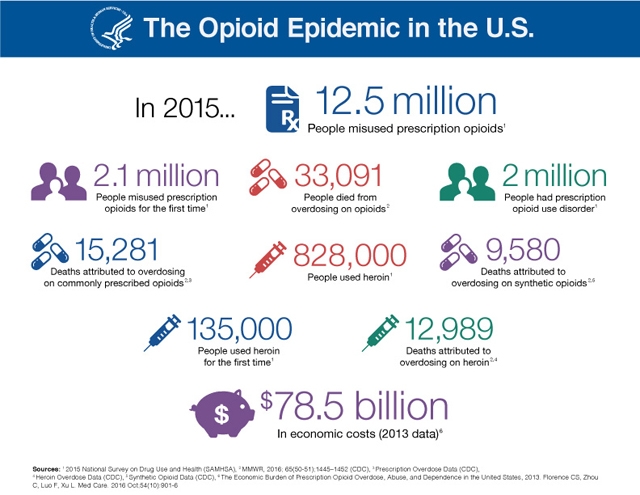
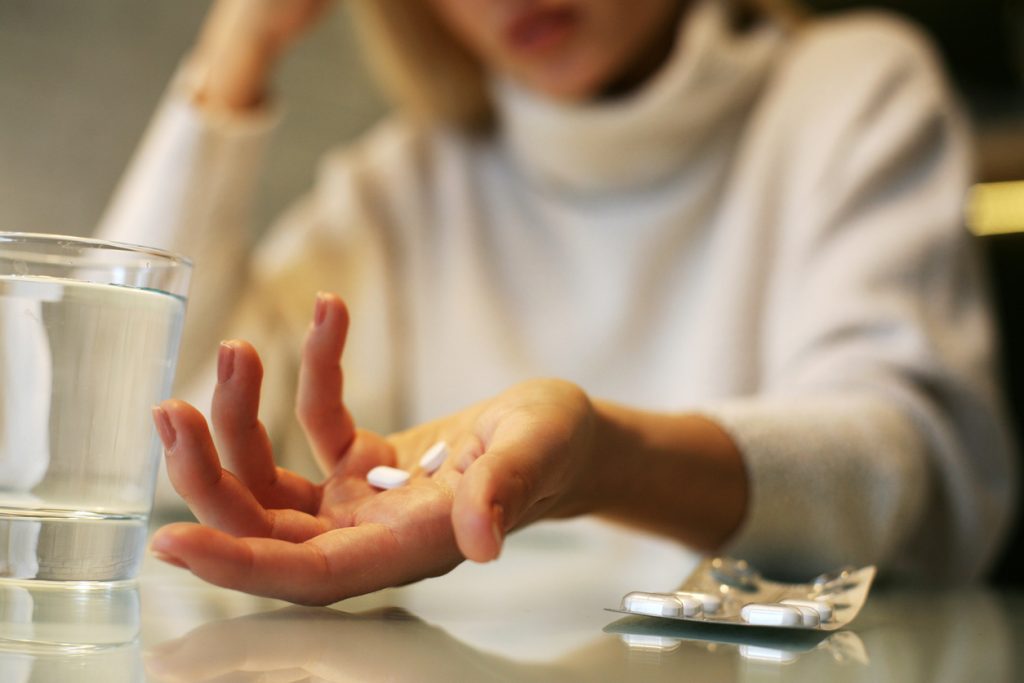
Substance Abuse In The American Economy
A study from Quest Diagnostics revealed that 4.2 percent of the U.S. workforce tested positive for illicit drugs in 2016, the highest rate since 2004. Substance Abuse in America is on the rise.
Today more then ever, people are aware of the negative impact substance abuse has on the economy.
Some say this trend is due to the opioid epidemic President Donald Trump has declared as a public health emergency. Blaming large pharmaceutical companies for pushing these products upon doctors and patients.

It is not just opioids that have been on the rise as the culprit of a positive drug test. A study done by Quest Diagnostics revealed that positive urine tests for cocaine increased for the fourth consecutive year, reaching a 12% increase in 2016.
FACT
Drugs are negatively affecting the economy.
FACT
You do not have to use drugs to feel the negative effects of a drug user.
FACT
There are ways to stop this epidemic.
Substance Abuse and The Economy
Productivity losses are calculated as work that would be reasonably expected to have been done if not for drug use (a loss of potential income and output and therefore GDP) as a result of a reduction in the supply or effectiveness of the workforce. Lost productivity in the United States as a result of labor non-participation is a significant $120 billion dollars.

Drugs in the workplace have an extremely high cost for the employer. It is often the cause of workplace injuries and accidents. Drug abuse costs employers 81 billion dollars per year.
Effects of Substance Abuse
One of the main reasons why a potential employee is not able to become hired is the fact that they can not pass a drug test. This reason has lead employers to hire refugees that have come to America, to take the place of U.S citizens. Most refugees that come to America don’t even know what drugs are. In the United States, drug use is often talked about and almost glorified through music, social media, and other aspects of life. The percentage of American workers testing positive for illegal drugs has climbed steadily over the last three years to its highest level in a decade.

Pictured above is Talib Alzamel, a 45-year-old Syrian refugee who works at Sterling Technologies, a plastic molding company based near the shores of Lake Erie.
This is just one of the major effects substance abuse has brought to America.
Preventing Substance Abuse
“We can be the generation that ends the opioid epidemic.”. words that were spoken by President Donald Trump when he declared the Opioid Epidemic a public health emergency.
There are many ways to prevent drug abuse.
Stay up to date with your workplace substance abuse policies.
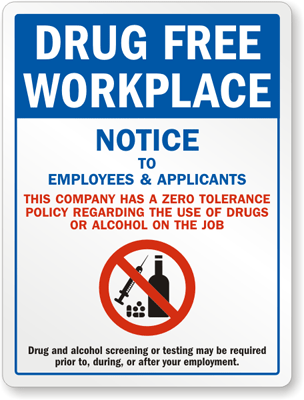
As an employer, you can create a drug-free workplace program, that in most cases will benefit not only you as an employer but your employees as well.
Prevention not punishment
The key to ending this epidemic may just be to prevent further drug use. Knowledge of addiction and substance abuse help plays a key factor.
Drug Test Employees Regularly
The largest, most well-known companies in America all do one thing in common. Pre-employment drug screenings. As well as pre-employment screenings, most companies do random drug testing and reasonable suspicion drug testing.
Drug abuse in America is on a rise. What ways do you think you can help?

American Drug Talk | What Is Fentanyl?
What Is Fentanyl

Fentanyl is a medication used to help relieve severe ongoing pain. It belongs to a class of drugs known as opioids. It works in the brain to change how your body feels and responds to pain.
Most Americans recognize fentanyl as the main cause of overdose in substance abusers. These Americans are not wrong. Fentanyl is the more deadly cousin of heroin. It is killing people by the thousands. The picture below shows a lethal dose of heroin next to a lethal dose of fentanyl. It is clear to see that Fentaynal is much stronger, in fact about 100 times stronger than heroin alone.The lethal dose of heroin is equivalent to about 30 milligrams, and the lethal dose of fentanyl is about 3 milligrams. This is enough to kill an average-sized adult male.

Let us compare numbers, we will look at the State of New Hampshire, in the year 2015.
In that year, the state saw a total of 439 drug overdoses, mostly related to opioids, and about 70% of these opioid-related deaths involved fentanyl.
The History of Fentanyl
Fentanyl was created in the 1960s by Paul Jannsen. He developed the drug by testing chemicals similar in structure to, what is known today as Demerol. When fentanyl was combined with citric acid, it formed a salt, which then entered medical use as a general anesthetic under Paul Janssens trade name Sublimaze.
In the upcoming years, fentanyl was introduced for other circumstances. By the mid-1990s, the fentanyl patch was created, followed by the fentanyl lollipop, dissolving tablets, and sublingual sprays. By the time 2012 hit fentanyl was the most widely used synthetic opioid in medicine.
Heroin VS Fentanyl
So what's the difference? Heroin, is a derivative of Morphine, which naturally occurs within opium poppy plants, while fentanyl is man-made and (as noted before) up to 100 times more powerful than heroin.
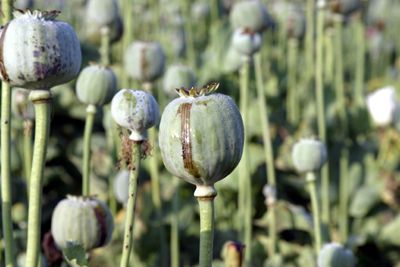 Essentially, these two drugs produce the same euphoric effect on the body binding themselves to the receptors of the brain and creating an impact on the respiratory system, central nervous system, and cardiovascular system.
Essentially, these two drugs produce the same euphoric effect on the body binding themselves to the receptors of the brain and creating an impact on the respiratory system, central nervous system, and cardiovascular system.

The real difference between heroin and fentanyl arises from the differences in their chemical structure. Where they are almost identical, Fentanyl, being man-made is gets to the brain much faster than heroin, as it bypasses through the fat and tissue in the brain, it is able to reach an opioid receptor more rapidly. Once the fentanyl has reached the receptor it binds itself so tightly that only a tiny amount is enough to start the chemical chain of events the human body ignites once opioids enter its system.
The Effects Of Fentynal
With the war on drugs being in full effect, fentanyl became the perfect alternative for substance abuses. Most street fentanyl is created in underground laboratories, which use faulty measuring equipment. By the time it hits the streets, there is no telling its effect on a human body. Heroin and fentanyl look identical, most street drugs are cut with a multitude of chemicals and substances by the time a user consumes the drug. Like a game of Russian roulette, you never know if you will get the shot with the loaded gun.
Drug Testing for Fentanyl
Fentanyl does not show up in a standard 5-panel drug screen, which is the most commonly used. A standard 5-panel drug test screens for the 5 most used street drugs. MDA, PHP, Cocaine, Marijuana, and Opiates. Fentynal, being synthetic would not show up under the opiates category. A specific drug test screening for fentanyl must be requested in order to detect the drug. For more information regarding fentanyl testing, please call 1-800-221-4291, or visit accrediteddrugtesting.com.
Drug Test Do’s and Dont’s
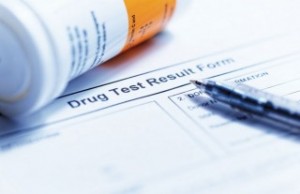
What should I expect during a drug test collection?

When you walk into a collection facility, also known as a collection site, our trained and certified collectors follow strict protocol procedures to ensure that donors receive a consistent, high-quality experience. Collectors are trained to follow a standardized process at every location to help control the integrity of the specimens and drug test results. Oftentimes these rigorous protocols may take donors by surprise.
As a result, the U.S. Department of Transportation (DOT) published 10 helpful steps for collection site security and integrity. It is important that all parties involved have a basic understanding of what to expect during a drug test collection and what is considered reasonable expectations of what will take place to complete a successful drug test collection.
Listed below are DOT's top 10 Collection Site Security & Integrity steps of what individuals and employers should expect during a typical collection process.
It is important for employers/individuals to have a basic understanding/walk through of the proper collection steps throughout the specimen collection process to ensure successful completion of the specimen collection and drug testing process.
- Pay careful attention to employees throughout the collection process.
- Ensure that there is no unauthorized access into the collection areas and that undetected access (e.g., through a door not in view) is not possible.
- Make sure that employees show proper picture ID.
- Make sure employees empty pockets; remove outer garments (e.g., coveralls, jacket, coat, and hat); leave briefcases, purses, and bags behind; and wash their hands.
- Maintain personal control of the specimen and Custody and Control form (CCF) at all times during the collection.
- Secure any water sources or otherwise make them unavailable to employees (e.g., turn off water inlet, tape handles to prevent opening faucets, secure tank lids).
- Ensure that the water in the toilet and tank (if applicable) has bluing (coloring) agent in it. Tape or otherwise secure shut any movable toilet tank top or put bluing in the tank.
- Ensure that no soap, disinfectants, cleaning agents, or other possible adulterants are present.
- Inspect the site to ensure that no foreign or unauthorized substances are present.
- Secure areas and items (e.g., ledges, trash receptacles, paper towel holders, under-sink areas, ceiling tiles) that appear suitable for concealing contaminants.
These 10 steps apply to all urine drug test collections handled by a collection site and are readily available for reference by both employees(donors), employers and collectors.
Listed Below are some common Drug Test Collections Do's & Don'ts

For more information or to schedule a test please call (800)-221-4291
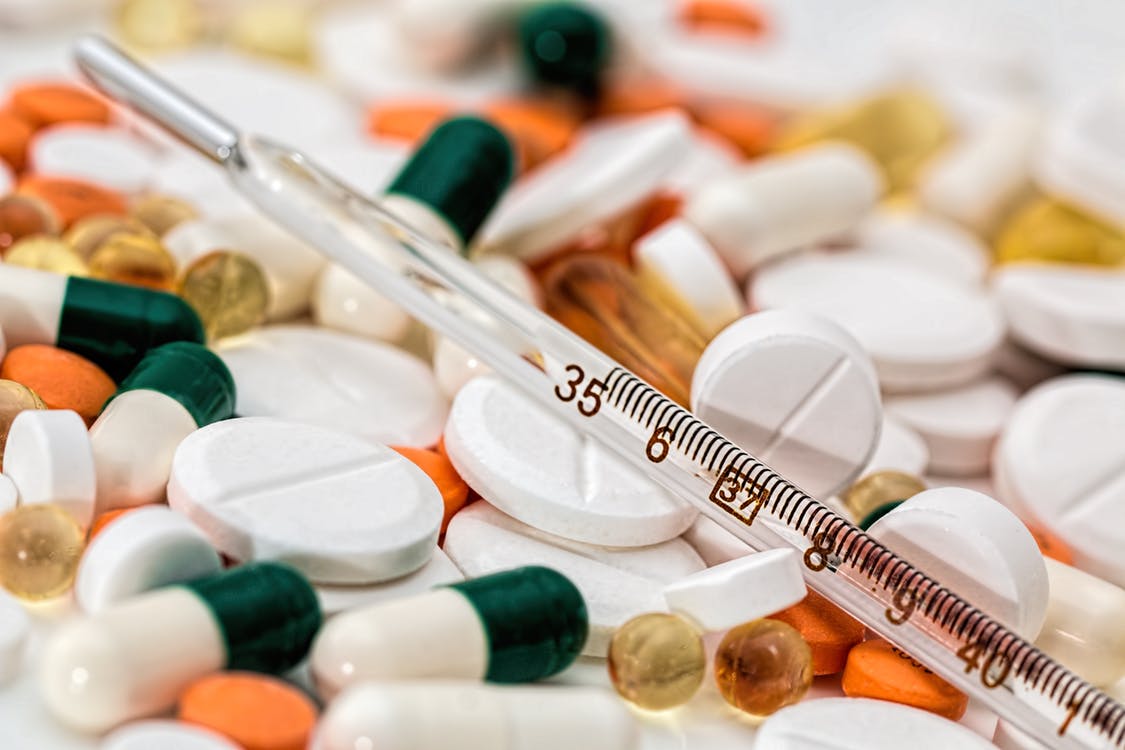
Which Drug Test Is Right For Me?
As one of the Nation’s leading providers of drug testing, for employers and individuals, Accredited Drug Testing is asked on a daily basis, what type of drug test should I order? Drug testing for many employers or individual may vary and can include a 5 panel, 5 panel plus expanded opiates, 10 panel, 12 panel, 14 panel and customized tests. Non DOT regulated employers, have the option of which type of test to use and what method such as urine or hair.
What is the New Federal 5 Panel Drug Test?
As you may be aware, the Department of Transportation(DOT) amended its rule on January 1, 2018 to now include expanded opioids to be tested under 5 panel DOT drug test. The new DOT Panel consists of:
- Marijuana metabolites
- Cocaine metabolites
- Phencyclidine
- Opioids** – (codeine, heroin, morphine)
- Amphetamines -amphetamine, methamphetamine, MDMA & MDA
** The new DOT Drug Panel also now includes hydrocodone, hydromorphone, oxymorphone, and oxycodone. Common names for these drugs include OxyContin®, Percodan®, Percocet®, Vicodin®, Lortab®, Norco®, Dilaudid®, and Exalgo®.
What Drugs Are Tested In A 5 Panel?
Prior to this change, the most common drug panel offered was a 5 panel which screened for the following drugs:
- Amphetamines
- Cocaine
- Marijuana
- Opiates (Codeine, Morphine, Heroin)
- PCP
With the current state of the opioid epidemic here in the United States many employers are amending their drug testing policies to mirror the current DOT drug panel.
These prescription drugs are very common, dangerous and can lead to many safety concerns for your workplace. Have you updated your policy to include these new relevant drugs of abuse?
If opioids have not impacted your workplace as of yet,it's only a matter of time. Whether you have any employees who must adhere to the DOT's updated regulations or you are not regulated by DOT, this drug panel update is a sign that it's time for all employers to update their policies and testing panels to include the most relevant drugs impacting the U.S. today.
What is in a 10 Panel Drug Test?
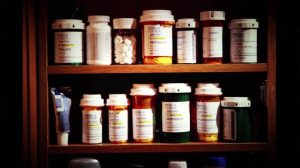
A 10-panel drug test is the second most common configuration of a general type of drug testing panel. Panel drug tests are designed to screen for numerous types of drugs from only one sample, which makes them very efficient, cost effective and ensures that employers don't have to lose too much time from workers repeatedly giving multiple samples, and the employees themselves do not experience as much of an imposition on their time.
The industry standard 10 panel drug test, includes:
- AMP-Amphetamines (including MAMP-Methamphetamine, MDMA-Ecstasy);
- COC-Cocaine:
- OPI-Opiates (including codeine, morphine and heroin);
- PCP-Phencyclidine;
- THC-Marijuana;
- BZO-Benzodiazepines
- BAR-Barbiturates;
- MTD-Methadone;
- PPX-Propoxyphene; and
- Meth Methaqualone.
Accredited Drug Testing offers a 10-panel drug test along with customized panels depending on the professional requirements a company may have.
We offer drug free workplace policy development, amendments to your current policy, customized drug test panels, occupational health testing, Full TPA services and background checks.
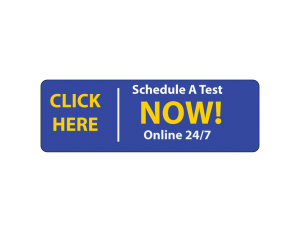 For more information on your drug free workplace program please call us today at (800)-221-4291
For more information on your drug free workplace program please call us today at (800)-221-4291
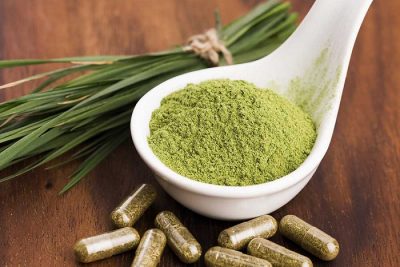
American Drug Talk | What Is Kratom
A Day In The Life Of A Drug Test

How Long Will My Drug Test Results Take?
Many of our customers, clients, and industry partners ask us about the typical life or process of a drug test. There are several factors that play a role in the cycle of a drug test, from collection, to analysis, and then issuance of the final result.
When a donor provides a specimen, the specimen begins on a journey of specific steps in a streamlined and systematic process to provide a consistent and reliable result.
All of our collection personnel are professionally trained and certified to ensure that they provide a positive experience for an individual submitting for a drug test. This process is used in conjunction with our SAMHSA Certified laboratory teams that execute the highest standards of quality control and analysis on all specimens.
What are factors that relate to Drug Test Turnaround Times?
Turnaround time is a frequently used term to measure the length of time it takes to return a positive or negative drug test result to the employer or individual. We feel that it is an important concept to understand and should be used as one of the factors when you are selecting a drug testing provider and Laboratory. We understand that as an employer, as you attempt to hire new candidates and get current employees back to work as quickly as possible is of the up most importance.
Our Laboratories measure turnaround time at 3 major time stamps throughout the process and we pride ourselves in keeping you informed of factors that could impact the drug testing process.
The Collection Site

Prior to the specimen reaching the lab, the collection site plays a role as the first step in the specimen life cycle. Our collectors are trained to follow a strict standardized process at every location to help ensure the integrity of the collection process, specimens and the drug test results.
Our provider network has thousands of collection sites that are electronically enabled, which allows the collectors to begin, process and complete drug test collections using an electronic chain of custody form (eCCF). This electronic CCF saves paper, generates more accurate time stamps and prevents human errors that could occur with the standard 5-part carbon copy CCF.
Logistics
Once the donor has provided their specimen, the collection site arranges for the specimen to be picked up and transported directly to the Lab for processing. Logistics plays a role in the turnaround time equation. Some examples include the time the collection takes place (end of business day or after normal pick up time), day of the week the collection occurred, weather, and Holidays are just to name a few.
We understand that speed can be a critical component of a workplace drug testing program and we strive to provide the most efficient, accurate and streamlined process to exceed all our clients' needs.
For more information on setting up an employer account or to learn more about becoming a drug free workplace click or call today 1-800-221-4291.
What happens when the Specimen Reaches the Lab?
Arrival
- Drug Testing specimens reach our laboratories though many different couriers and modes of transportation
- Once they arrive at the unloading dock, they are considered received and enter processing.
- Once the specimens are received,they are removed from their packaging, sorted by specimen type, and transitioned to the laboratory floor.
Testing Process
- Entering the laboratory, specimens are accessioned into the laboratory management system.
- All specimens go through an initial screening process which varies by specimen type
- If the screening results are negative no further testing is needed
- If the Initial screening indicates a presumptive positive (non-negative), the specimen will undergo further confirmation testing.
Result Reporting
- All of our lab results whether they are negative or non-negative are sent to our in-house Medical Review Officers (MRO), who analyze the results before releasing the final result.
The life cycle of a drug testing specimen can be filled with many twists and turns. Here at Accredited Drug Testing, Inc., we pride ourselves on providing timely accurate results which is always the highest priority for our customers. It is important to remember that there are many factors contributing to the turnaround time of specimens.
What Is The Turn Around Time For A Urine Drug Test?
The Laboratory conducts a two-tiered testing/confirmation process at the laboratory which is described as the initial screen and confirmation testing process. Negative screening results are typically released with 24 hours and non-negative screens are typically released within an additional 24-72 hours.
What Is The Turn Around Time For a Hair Drug Test?
The Laboratory conducts a two-tiered testing/confirmation process at the laboratory which is described as the initial screen and confirmation testing process. Negative Screening Results are typically released within 48 hours and non-negative results requiring confirmation testing are typically released within an additional 48-72 hours.
For more information on our drug testing process, turnaround times or to schedule a test call us today at (800)-221-4291
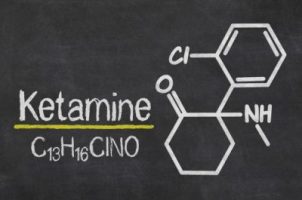


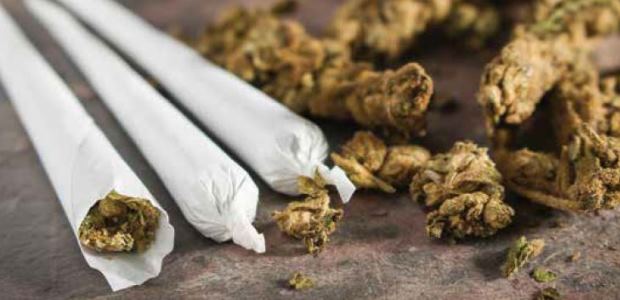

 Kratom is also illicitly abused, in a fashion similar to prescription pain-killers, touting opiate-mimicking effects. Although Kratom is used by all age groups, there has been a recent increase in use among young adults.
Kratom is also illicitly abused, in a fashion similar to prescription pain-killers, touting opiate-mimicking effects. Although Kratom is used by all age groups, there has been a recent increase in use among young adults.


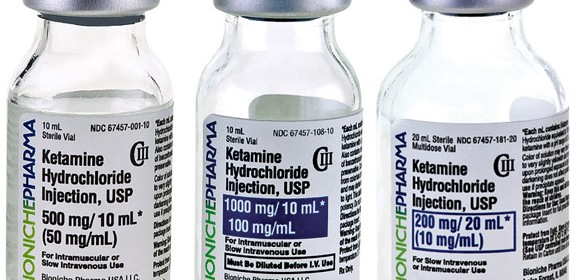
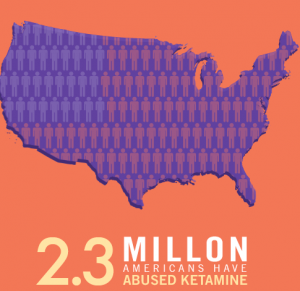
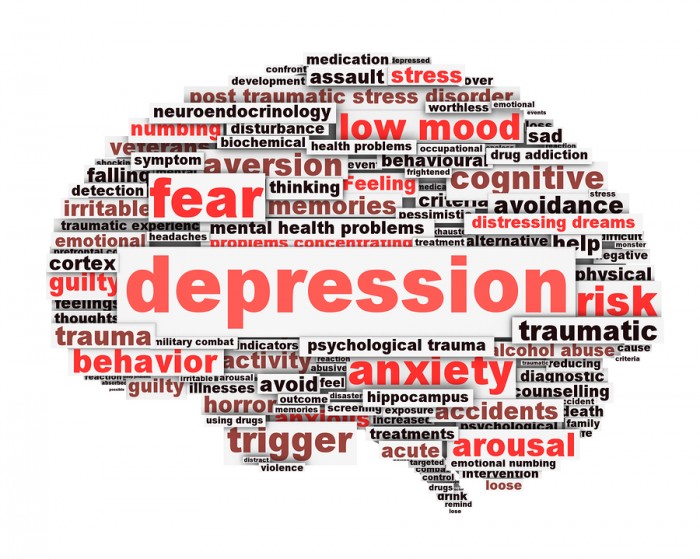 g Abuse
g Abuse